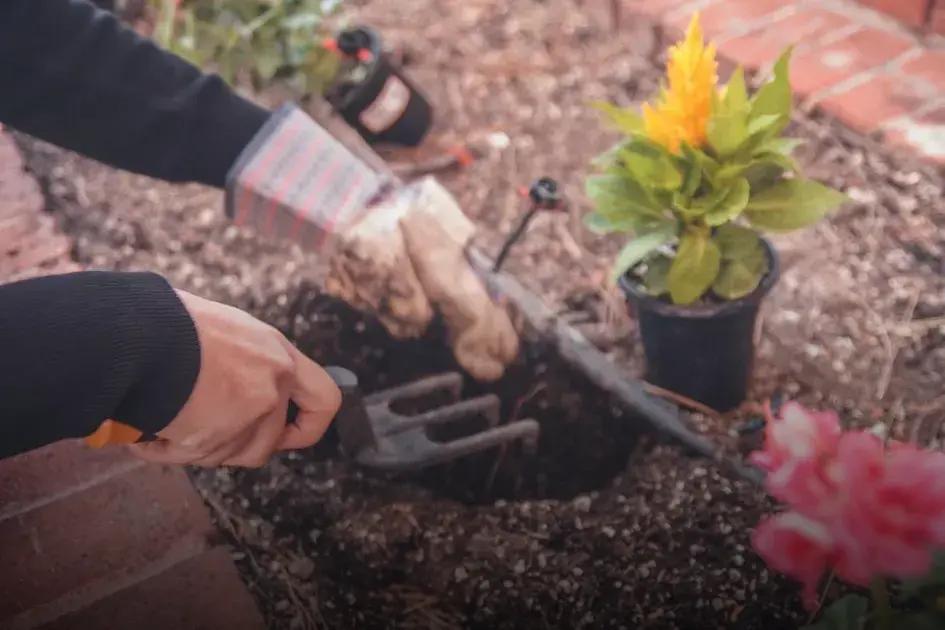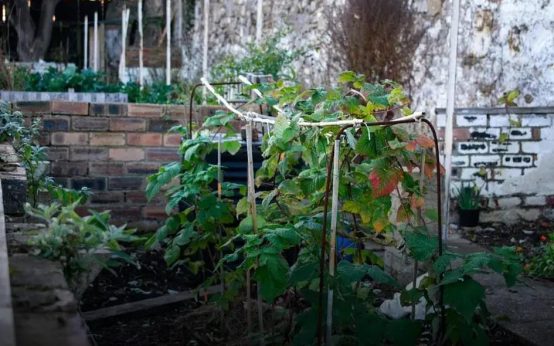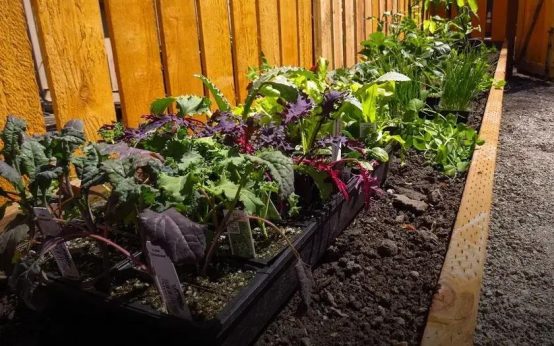Growing tomatoes that actually produce fruit can be a rewarding experience if done right. Selecting the right tomato varieties and preparing the soil properly are crucial steps for a successful harvest. Once the groundwork is set, employing effective watering techniques and regular pruning can significantly boost your yield. By the end, you will know how to combat pests naturally, ensuring a healthy, fruitful garden.
Choosing the Right Tomato Varieties
To grow tomatoes that flourish and produce abundant fruit, selecting the correct tomato varieties is essential. Consider the climate where you live. Some varieties are more resistant to particular climates, like humid or dry conditions. You might choose heat-tolerant types if you live in a warmer area or opt for cool-weather varieties in a cooler climate.
Additionally, consider the space available for growing. If you have limited space, determinate tomato plants, which are bushy and compact, might be ideal as they grow to a certain height and stop. If you have more room, indeterminate varieties keep growing and can produce fruit throughout the season.
Understanding the flavor and purpose is also key. Some tomatoes are ideal for eating fresh, while others are perfect for cooking or canning.
Heirloom vs. Hybrid
varieties offer different benefits. Heirlooms often have unique flavors and colors but may be less resistant to diseases. Hybrids are usually bred for disease resistance and productivity.
Choosing disease-resistant varieties can minimize the need for chemical treatments and improve your yields. Always check seed packets or plant labels for resistance to common tomato diseases like blight or fusarium wilt.
By carefully selecting the right varieties, you position yourself for a successful and plentiful tomato harvest, making your gardening experience both fruitful and enjoyable.
Preparing the Soil for Planting

One of the key steps in ensuring a bountiful harvest of tomatoes is preparing the soil adequately. Healthy soil is essential for your tomato plants to thrive and bear fruit successfully. Start by clearing away weeds and debris from the planting area. Doing this helps to create a clean slate for your tomatoes, reducing the competition for nutrients.
Loosen the soil using a shovel or tiller, which enhances aeration and allows the roots to penetrate deep into the soil. When the soil is aerated, water can reach the roots efficiently, and the roots have room to grow and spread.
Next, test the pH level of your soil to ensure it falls between 6.0 and 6.8, which is the optimal range for tomatoes. If necessary, adjust the pH by adding lime to raise it or sulfur to lower it. Proper pH levels ensure that the plant can absorb nutrients effectively.
Incorporate plenty of organic matter such as compost or well-rotted manure into the soil. This enriches the soil, provides necessary nutrients, and enhances soil structure, which improves water retention and drainage capabilities.
Consider adding a balanced fertilizer with equal parts nitrogen, phosphorus, and potassium. However, be cautious not to over-fertilize, as too much nitrogen can encourage leafy growth at the expense of fruit production.
Ensure that the planting area receives enough sunlight—at least six to eight hours a day, which is crucial for fruit development. By taking these important steps, you’ll set a solid foundation for healthy tomato plants that are more likely to produce fruit easily and abundantly.
Effective Watering Techniques
Knowing the proper techniques for watering your tomato plants ensures that they grow strong and produce abundant fruit. It’s crucial to provide the right amount of water to avoid both drought stress and overwatering, which can lead to root rot.
Watering Consistency is key. Tomatoes require about 1-2 inches of water each week, and they benefit from a consistent schedule. Monitor your plants daily, especially during dry spells, to ensure their soil remains moist but not saturated.
Best Time to Water: Early morning is the optimal time to water tomato plants. This allows the foliage to dry out during the day, reducing the risk of diseases. Watering in the evening can lead to damp conditions overnight, which can invite fungal issues.
Using Soaker Hoses or Drip Irrigation systems can greatly improve watering efficiency. These systems deliver water directly to the base of the plant, minimizing evaporation and ensuring deep soil moisture penetration. Enjoy the convenience and effectiveness these methods offer, especially in larger gardens.
Avoid Overhead Watering when possible because it wets the leaves and increases the chances of diseases. Focus on the soil and roots instead. If you must use a garden hose, apply water directly at the base of the plants.
Mulching Benefits: Applying a layer of mulch around your tomato plants helps retain soil moisture and keeps the roots cool. Organic mulches like straw or shredded leaves work wonders here.
Adjust watering based on the Plant Stage. Young seedlings require less water compared to mature fruiting plants, which need more to support growing tomatoes.
Monitoring weather conditions and adapting your watering strategy can lead to more fruitful tomato plants. These effective techniques not only support robust growth but also contribute significantly to the plant’s overall health.
Pruning and Staking for Better Yield

Tomato plants can grow quite vigorously, and managing their structure is key to maximizing production. Effective pruning involves removing unnecessary leaves and suckers, which are the small shoots that emerge between the main stem and a leaf. These shoots can drain energy from the plant if left unchecked, so trimming them encourages the plant to focus on producing fruit rather than foliage.
Start pruning when the plant is young, removing the lower leaves and suckers to allow better air circulation and reduce the risk of diseases. Regularly check your plant for any new suckers, especially after new growth. It’s important to not over-prune; aim to maintain a balance by leaving enough leaves for photosynthesis.
Equally essential to plant health and fruit production is staking. Supporting the plant with stakes or cages helps prevent the weight of the tomatoes from breaking the plant. Look for sturdy stakes made of wood or metal, and place them 3-6 inches from the plant base. Tie the plant loosely to the stake as it grows, checking each tie for tightness to avoid constriction.
Various staking methods such as the Florida weave method can be effective. This involves weaving twine between stakes to support multiple plants, providing stability and allowing easy access for pruning and harvesting.
Consistent upkeep in both pruning and staking not only promotes healthier plants but also increases your yield, making all your efforts worthwhile.
Combating Pests and Diseases Naturally
Managing pests and diseases in a natural way is vital for ensuring your tomato plants stay healthy and productive. One effective method of pest control without harsh chemicals is companion planting. By planting marigolds or basil near your tomatoes, you can naturally repel common pests like aphids and tomato hornworms. Another strategy is to encourage beneficial insects such as ladybugs and lacewings, which prey on harmful pests.
When it comes to diseases, practicing crop rotation is essential. Avoid planting tomatoes in the same spot each year to minimize the buildup of soil-borne diseases. Keeping your garden clean and removing any diseased foliage can also prevent the spread of infections.
Natural fertilizers
such as compost and fish emulsion not only boost plant health but enhance the soil’s resilience against diseases.
Create a balanced ecosystem by attracting pollinators and providing homes for beneficial organisms. Such measures not only keep pest populations in check but promote vigorous plant growth, leading to a bountiful tomato harvest.


 Companion Planting: Discover Plants That Thrive Together
Companion Planting: Discover Plants That Thrive Together  Starting a Vegetable Garden: Top Easy Crops to Begin
Starting a Vegetable Garden: Top Easy Crops to Begin  Creating a Low-Maintenance Flower Garden: Easy Tips
Creating a Low-Maintenance Flower Garden: Easy Tips